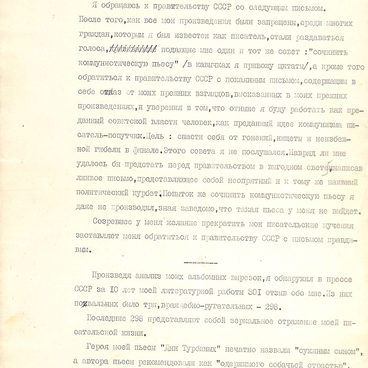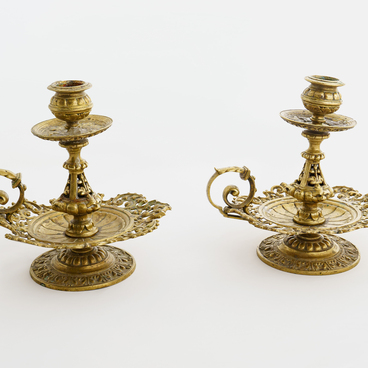The circular note of the General Repertory Committee of October 1, 1926 refers to the staging of Bulgakov’s play “The Days of the Turbins”. This document marked as “confidential information” says,
Circular note of the General Repertory Committee
M. Bulgakov’s play ‘The Turbin Family’ / ‘The White Guard’ / is allowed for the current season only to the Moscow Art Theater; for other theaters of the RSFSR its staging is strictly forbidden.
The premiere of “The Days of the Turbins” took place in October 1926, and it was preceded by many months of struggle between the writer and the censors, who demanded alterations. It was not clear until the day of the premiere, whether it would be held at all. Bulgakov was taken for questioning in the OGPU secret service, and the General Repertory Committee, issuing permits for the performance, changed the decision several times.
In view of the fact that these changes do not change the basic idea of the play — the idealization of the officers in the White Guard — the OGPU categorically objects to its staging.
And yet the premiere did take place — largely thanks to the efforts of Konstantin Stanislavsky, the founder of the Moscow Art Theater, who had influential supporters in the party.


